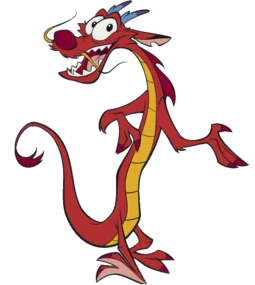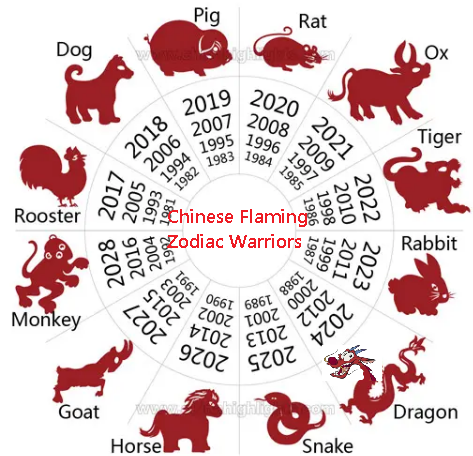These are the great Questions of our age.
To be frank, I was initially quite resistant to this idea, both from practical and historical perspectives.
But then I did some research.
Specifically, I “Researched Herbal Medicine” 256 times while I was high atop a mountain temple. A diminutive orange dragon (voiced by Eddie Murphy) appeared to me and revealed the shocking truth that I’m about to present to you, dear reader:

Long ago, the Middle Kingdom was bordered by dozens of belligerent empires, all of whom had an inexplicable passion for elephant-themed warfare. To the north were the nomadic Mongolian tribes, who pitched their yurts atop mighty elephants. These ferocious elephant-riding, bow-throwing warriors were famed for their legendary “hit and dawdle” tactics, in which they would slowly approach a town over the course of several months, unleash devastating volleys of thrown bows, and then slowly disappear across the blood-red horizon, also over the course of several months. To the East were the famed Japanese Elephant-Shogun-Ninja-Pirates, who would lumber across the ocean in their mighty floating elephants and lay waste to the Chinese countryside with their special elephant-mounted Kataparutos and towers, some of which dispensed lethal Shuriken or Katanas. To the South were various empires which employed Elephant Riders, that is, elephants riding elephants. Some would throw chakrams. Others would ignore armor or projectiles. Some of these Chonkers were 0.5 pop with 1.2 speed, others were 120 pop and 0.05 speed, but all of them chonked, and chonked hard.
*[Historical Footnote: The term “chonking” was coined after the particularly brutal manner in which elephant warriors leveled the entire Chinese city of Chongqing by stomping it to the earth. Elephants would ever after be known as “Chonkers.”]
Well-disciplined Chinese armies of pikemen, cavalry and crossbows were massacred as the invading hordes flowed like frozen molasses towards the heart of Zhongguo. The craftiest Chinese generals and stoutest soldiers were powerless against this glacial but inexorable onslaught of punch-packing pachyderms and terrifying tuskers. After several centuries of such ruthless chonkery, the various enemy hordes had nearly reached the Emperor’s seat at Kaifeng. His subjects begged him to capitulate, rather than face the wrath of the unstoppable, monstrous mammoths. While surveying his doomed dominion from a towering pagoda, frantic movement at the local zoo caught the Emperor’s eye. A group of elephants - captured in an as-yet fruitless attempt to study the unstoppable beasts and discover some weakness - had been frightened out of their wits by something, and were stampeding away chaotically. Upon investigation, the Emperor discovered that the ruckus had been caused when an overzealous fireworks salesman had gotten carried away with a demonstration, and had set a nearby cage of rats ablaze. The elephants, being unaccustomed to these ignited imps, fled in a panic. Instantly, the Emperor knew what to do: he ordered all the rats in the city to be collected, set ablaze, and unleashed on the outskirts of the city and into the awaiting elephantine hordes.
The results were immediate - even the most seasoned elephant warriors turned about in dismay, trampling each other into a mess of smoky elephant pudding as they vainly sought respite from the furry little demons of fire. With repetition of this masterful tactic, the Chinese were able to regain their previous dominions, routing the tanky tuskers and saving the empire from the ivory clutches of doom. The Emperor was so overjoyed that he even christened that year, and every 13th year thereafter, “the Year of the Rat.” Eventually 11 other types of animals were pressed into this service as well - goats, dogs, pigs, monkeys - the last of whom distinguished themselves particularly by their praiseworthy use of banana-shaped fire lances - and many others. These animals were immortalized in the Chinese Zodiac, with even the names of the years coming to reflect the heroic way in which these flaming furry friends served their country.

The practice soon spread to other nations - for example, while flaming cows were never used by the Chinese (hence the ancient Chinese proverb: “dishonor on you, dishonor on your cow”), they were a popular choice in India, where they are sacred to this day. Tibetans became famous for their effective use of flaming llamas (hence the high regard in which they hold the Dalai Llama), and of course the Tatars adopted the flaming camel.
The days of the terrifying tuskers and their rodent and herdable nemeses are long over, lost in the mists of time. But legends say that one day, the elephant raiders will return. And when they do, the Flaming Zodiac Warriors will be there to save the day.
In conclusion, flaming rats are a good first step, but they are only the beginning…

